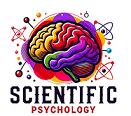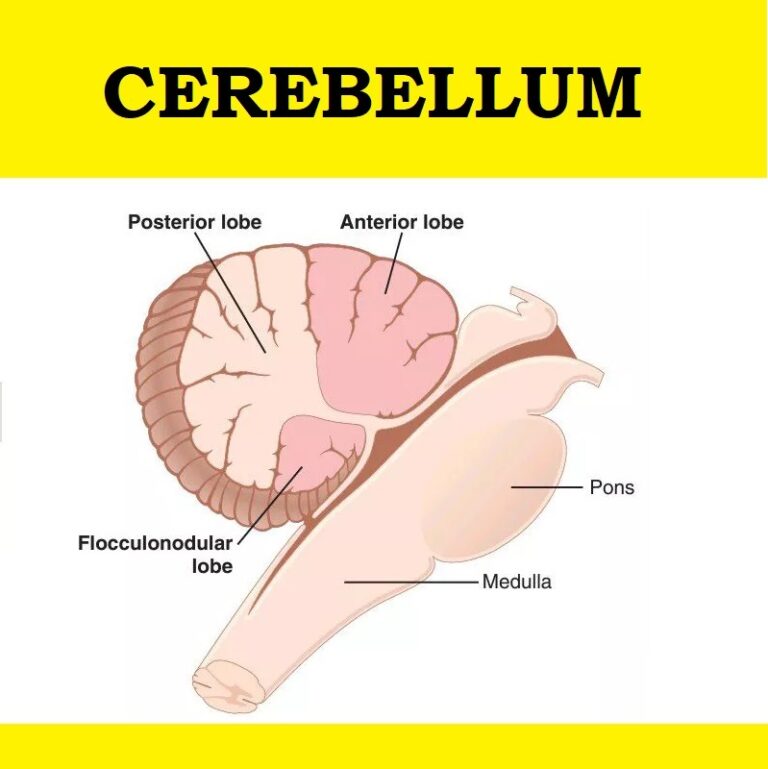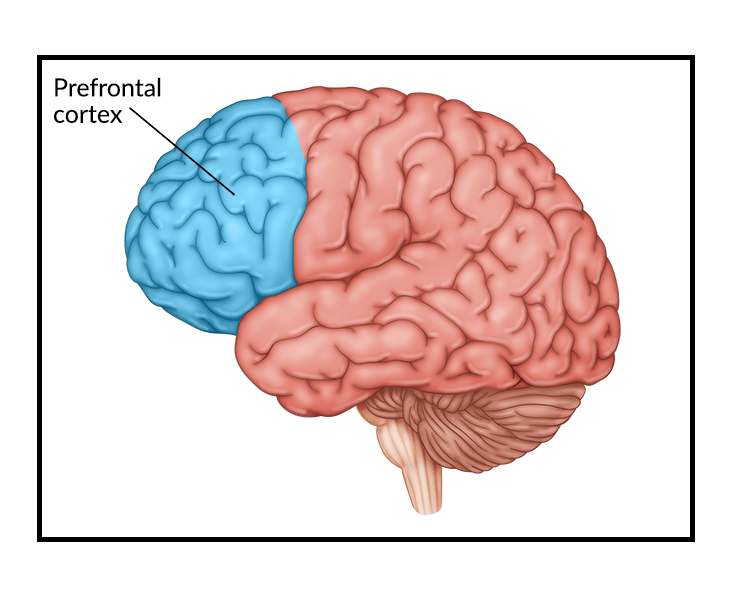
The Basal Ganglia is one of the most functionally complex and structurally intricate components of the human brain. It plays a central role in movement control, learning, motivation, and emotional processing. Once thought to only regulate voluntary movement, modern neuroscience has revealed its critical involvement in habit formation, decision-making, and even neuropsychiatric disorders (DeLong & Wichmann, 2007).
Understanding the basal ganglia is essential for researchers, medical practitioners, and even individuals seeking cognitive enhancement.
1. Anatomy and Structure of the Basal Ganglia
The basal ganglia is a set of subcortical nuclei deeply embedded in the cerebral hemispheres. It consists of:
| Component | Function |
|---|---|
| Caudate Nucleus | Role in cognitive functions and goal-directed behavior. |
| Putamen | Coordinates automatic movements and procedural memory. |
| Globus Pallidus | Regulates voluntary movement via inhibitory control. |
| Subthalamic Nucleus | Modulates output signals from the basal ganglia. |
| Substantia Nigra | Produces dopamine, essential for movement regulation. |
Actionable Insights for Learners
- Use 3D brain mapping tools like Neuroanatomy Atlas to visualize basal ganglia pathways.
- Mnemonic Device: “Cats Play Good Songs Softly” (Caudate, Putamen, Globus Pallidus, Subthalamic Nucleus, Substantia Nigra).
- Break down complex functions by linking them to daily activities (e.g., procedural memory in playing an instrument).

2. Functional Role of the Basal Ganglia
2.1 Motor Control and Coordination
The basal ganglia fine-tunes voluntary movements by balancing excitatory and inhibitory signals through the direct and indirect pathways (Hikosaka et al., 2000).
Example:
A professional pianist playing a rapid piece uses the basal ganglia for smooth, coordinated hand movements.
2.2 Habit Formation and Learning
The basal ganglia is integral to forming habits and motor learning (Graybiel, 2008).
Practical Application:
- To break a bad habit, consciously disrupt the cue-routine-reward loop that is reinforced by the basal ganglia.
- Practicing a new skill for 30 days enhances basal ganglia-driven habit formation.
- Use habit-stacking techniques by linking new habits to existing ones (e.g., doing stretches right after brushing teeth).
2.3 Emotion and Reward Processing
Dysfunction in the basal ganglia is linked to reward-seeking behaviors and addiction (Everitt & Robbins, 2005).
Real-World Implication:
Gambling addiction can be traced to dopamine dysregulation in the basal ganglia’s reward circuits. Implementing delayed gratification techniques can help modulate impulsivity.
3. Basal Ganglia Disorders and Clinical Relevance
3.1 Parkinson’s Disease (PD)
A progressive disorder characterized by tremors, rigidity, and bradykinesia due to dopamine depletion in the substantia nigra.
Management Strategies:
| Treatment | Effectiveness |
| Dopamine Agonists | Reduces motor symptoms temporarily. |
| Deep Brain Stimulation | Improves motor function and quality of life. |
| Physical Therapy | Helps maintain mobility and flexibility. |
| Mindful Movement Techniques | May slow disease progression and improve motor coordination. |
3.2 Huntington’s Disease (HD)
A genetic disorder leading to involuntary movements (chorea) and cognitive decline due to striatal neuron degeneration (Ross & Tabrizi, 2011).
3.3 Tourette Syndrome
A tic disorder caused by basal ganglia dysfunction in motor inhibition (Albin & Mink, 2006).
Practical Approach:
- Behavioral therapy (CBIT) can help control tics.
- Reducing stress lowers tic frequency.
- Mindfulness and breathing exercises can help mitigate tic severity.
4. Enhancing Basal Ganglia Function: Practical Applications
4.1 Exercise and Movement-Based Therapy
- Tai Chi and Yoga: Improve basal ganglia function in Parkinson’s patients (Li et al., 2012).
- Dancing: Strengthens motor coordination and cognitive flexibility.
- Strength Training: Increases neuromuscular connectivity, enhancing motor function.
4.2 Cognitive Training and Neuroplasticity
- Video Games: Action-based games improve reaction times and basal ganglia efficiency (Bavelier et al., 2011).
- Mindfulness Meditation: Enhances dopaminergic regulation.
- Memory Drills: Strengthen basal ganglia pathways associated with learning and retention.
4.3 Diet and Supplements
| Nutrient | Impact on Basal Ganglia |
| Omega-3 Fatty Acids | Supports dopamine function. |
| L-Tyrosine | Precursor to dopamine production. |
| Antioxidants | Protect against neurodegeneration. |
| Magnesium | Helps in muscle coordination and relaxation. |
| Curcumin | Anti-inflammatory benefits for neuroprotection. |
5. Future Research Directions
Emerging studies highlight:
- AI-Driven Basal Ganglia Models: Enhancing robotics and prosthetics.
- Neurofeedback Therapy: Treating addiction and compulsive behaviors.
- Gene Therapy: Potentially reversing neurodegenerative basal ganglia disorders.
- Wearable Brain-Machine Interfaces: Assisting movement in neurodegenerative patients.
Conclusion
The basal ganglia is a powerhouse of motor control, habit formation, and emotional regulation. Understanding its mechanisms enables better interventions for disorders like Parkinson’s and Huntington’s. By integrating physical exercise, cognitive training, and nutritional strategies, individuals can optimize basal ganglia function for improved movement and decision-making skills.
Adopting brain-boosting habits, such as regular exercise, cognitive challenges, and a nutrient-rich diet, can significantly enhance basal ganglia performance. Future research holds promise for revolutionary treatments, making this field an exciting area of neuroscience.
References
- Albin, R. L., & Mink, J. W. (2006). Recent advances in Tourette syndrome research. Trends in Neurosciences, 29(3), 175-182.
- Bavelier, D., Green, C. S., Pouget, A., & Schrater, P. (2011). Brain plasticity through the life span: Learning to learn and action video games. Annual Review of Neuroscience, 34, 197-222.
- DeLong, M. R., & Wichmann, T. (2007). Circuits and circuit disorders of the basal ganglia. Archives of Neurology, 64(1), 20-24.
- Everitt, B. J., & Robbins, T. W. (2005). Neural systems of reinforcement for drug addiction: From actions to habits to compulsion. Nature Neuroscience, 8(11), 1481-1489.
- Graybiel, A. M. (2008). Habits, rituals, and the evaluative brain. Annual Review of Neuroscience, 31, 359-387.
- Hikosaka, O., Takikawa, Y., & Kawagoe, R. (2000). Role of the basal ganglia in the control of purposive saccadic eye movements. Physiological Reviews, 80(3), 953-978.
- Li, F., Harmer, P., Fitzgerald, K., Eckstrom, E., Stock, R., Galver, J., & Maddalozzo, G. (2012). Tai chi and postural stability in patients with Parkinson’s disease. New England Journal of Medicine, 366(6), 511-519.
- Ross, C. A., & Tabrizi, S. J. (2011). Huntington’s disease: From molecular pathogenesis to clinical treatment. The Lancet Neurology, 10(1), 83-98.




